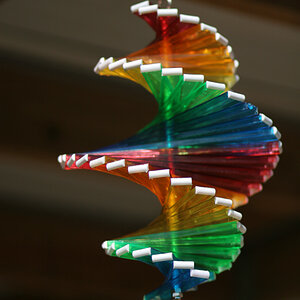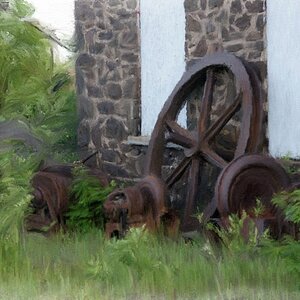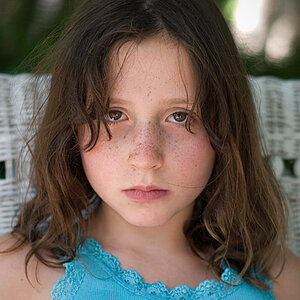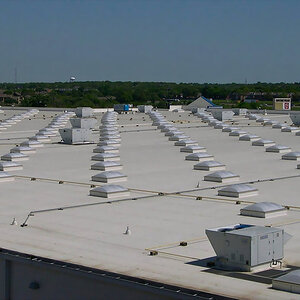For cyclist or any other moving sports for focusing the best setting is going to be a single focus point. Usually the center one, however once you get adept at focusing on action, you can begin to switch to other points as needed.
For focus mode you want whatever Nikon calls their continuous focus mode. Canon calls their AI servo.
If possible get your focus button off of the shutter button to one of the buttons on the back if possible. On Canon cameras there are a couple of programable buttons under the right thumb that serves for this purpose. This will allow you to constantly focus on the action and trip the shutter with out an focus lag. I am assuming that Nikon has custom functions that can be set.
This is the method I have been using and my issues may well be down to lag - would the Nikon view software record pre lag (hence the red square is sometimes on an out of focus area)?
Don't think the D5000 has a seperate button to hold in motion focus, it is by partial press of shutter release.
When shooting at f2 or less (accurate focus even more important) and the small focus square (dynamic or 3D) is aimed at the face on a moving subject it is critical that the lag is allowed for - will the 3D do this?
I shot Nikon from 1970 until a few years ago when I switched to Digital so I can't speak to Nikon features anymore. (FYI My question to Darrel is not meant as a smart a$$ question. I am truly interest in knowing if they have something that remarkably different.)
As for lag, there is split second of lag when the shutter button transitions from focus to shutter trip. This lag won't mean much when the action is moving parallel to the photographer.
When the action is moving towards or away from the photographer that split second can mean the difference between dead on and slightly out of focus.
One of the biggest problems I find with a lot of people trying to capture action have is keeping their focus point on the subject of action at all times. If that focus point slips off for even a spit second, the focus begins to hunt at that point with a loss of focus.
Check page 154 of you manual custom function f2. That appears to allow you to set you AF to another button I think. Also page 164 for the exact selection under the f2 custom function.
While a dead center subject is not always the desired framing, for someone getting started until they get proficient at tracking the action I find that focusing on center mass of the action/subject is the best method to provide in focus keepers. You can crop for effect later.
Once you get proficient at tracking the action you can select the focus point that you want and quickly switch while tracking allowing you to frame your shots a little more.



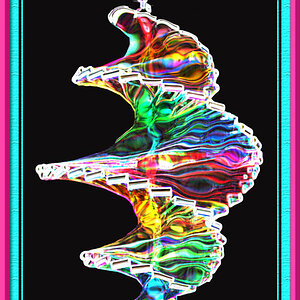
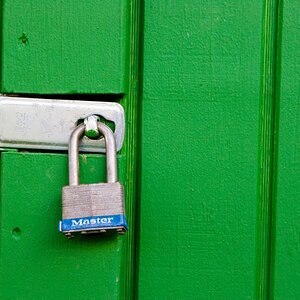
![[No title]](/data/xfmg/thumbnail/34/34058-276eb00b31d5bfacf4028e7f729dc601.jpg?1619736257)
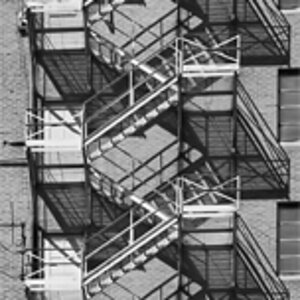
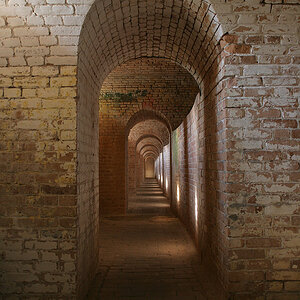
![[No title]](/data/xfmg/thumbnail/34/34062-c0c9c0a752bc1af58237eff1ec850163.jpg?1619736259)
